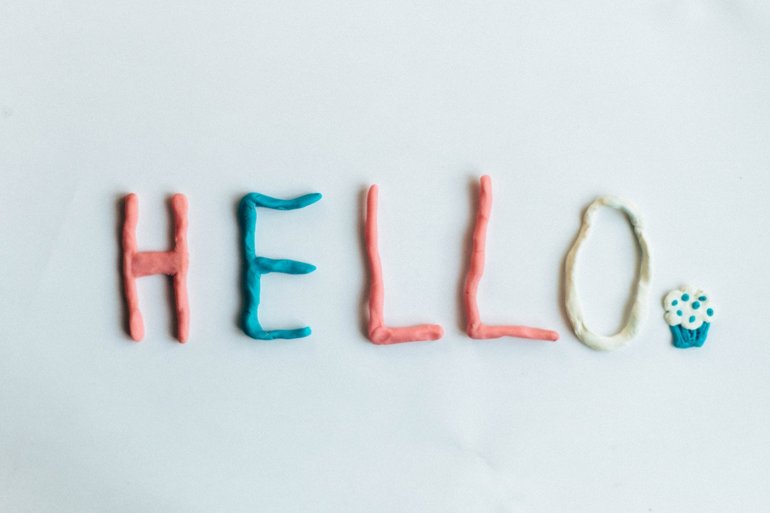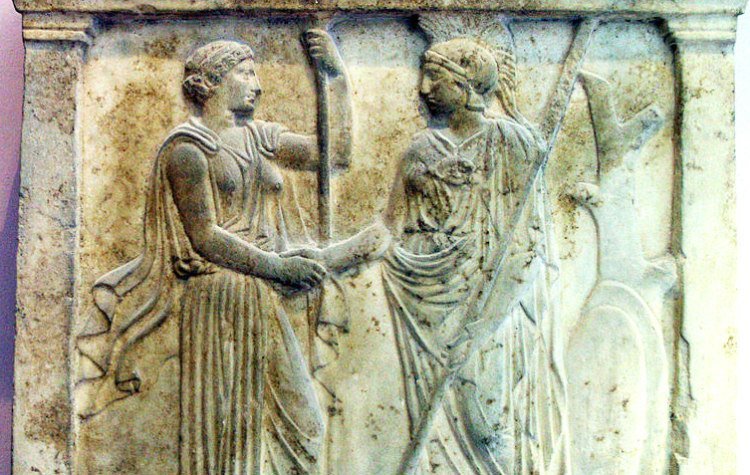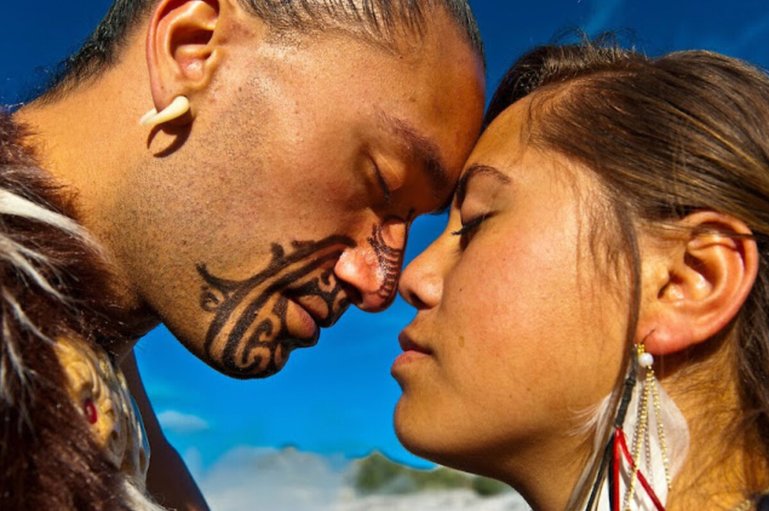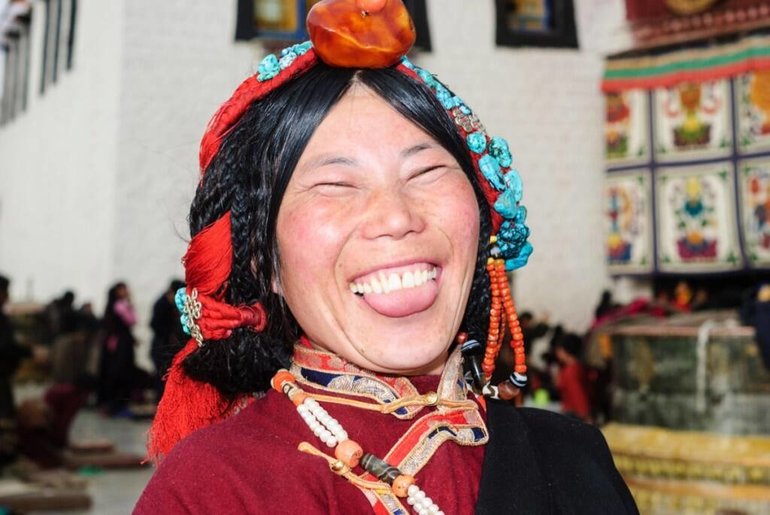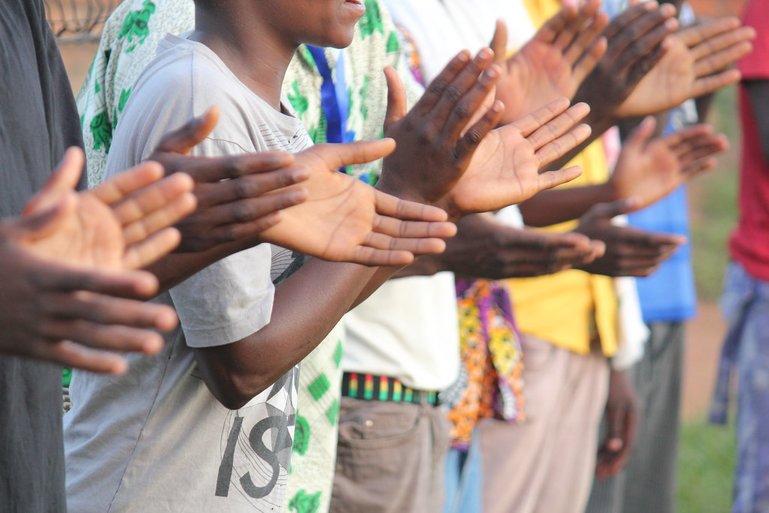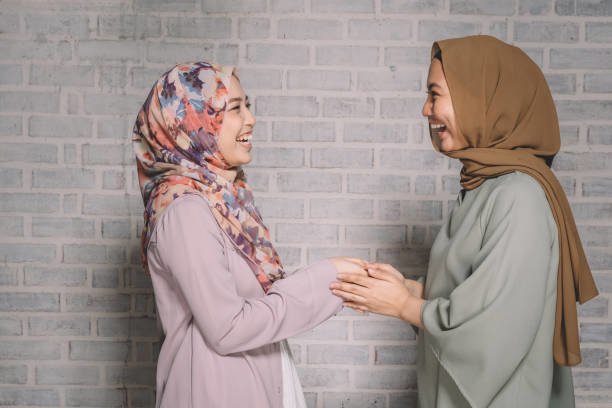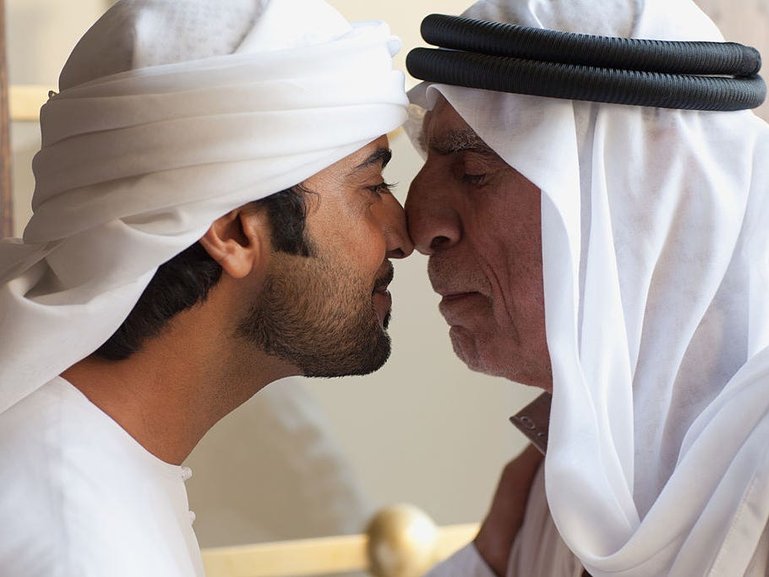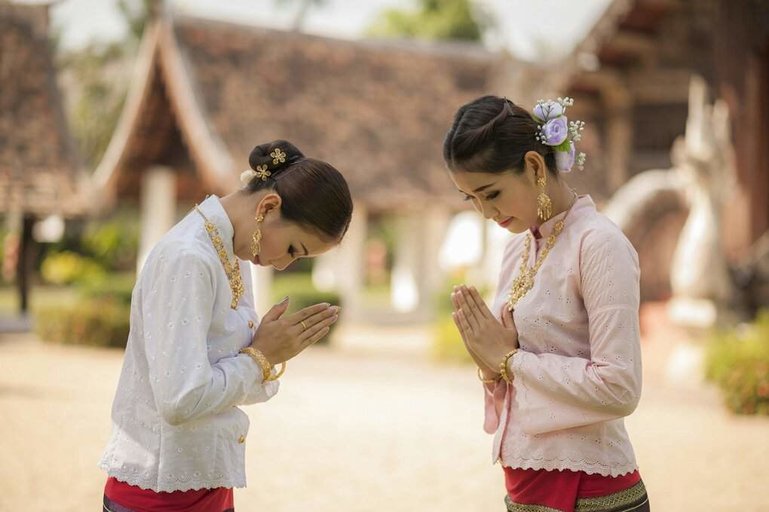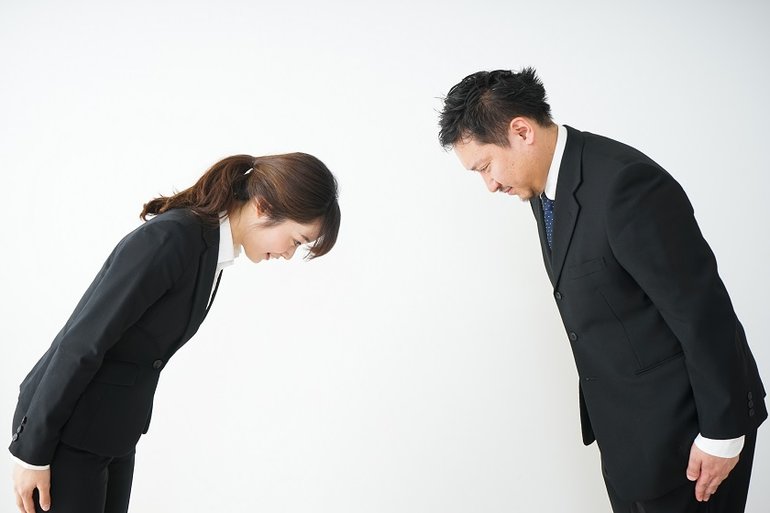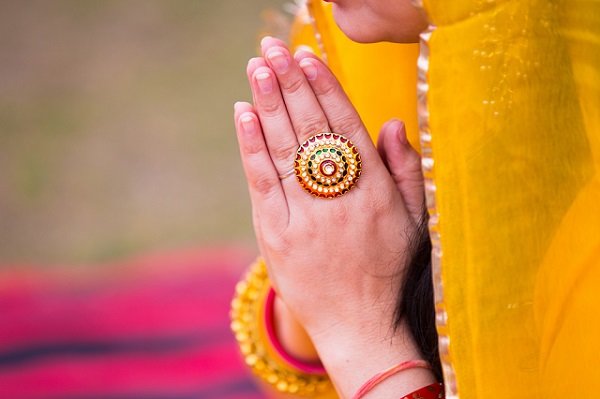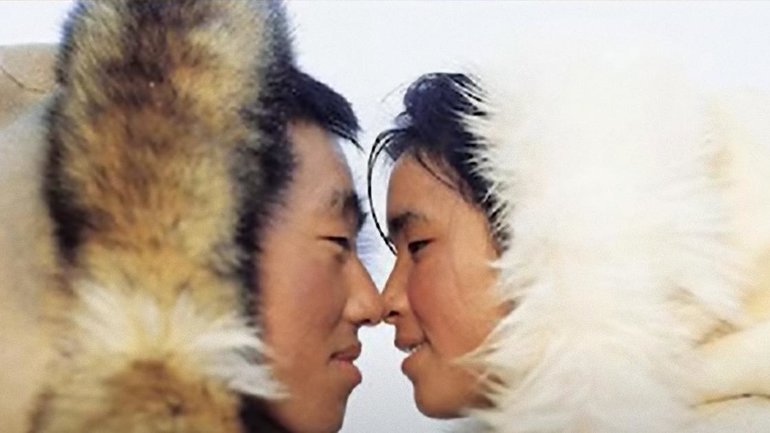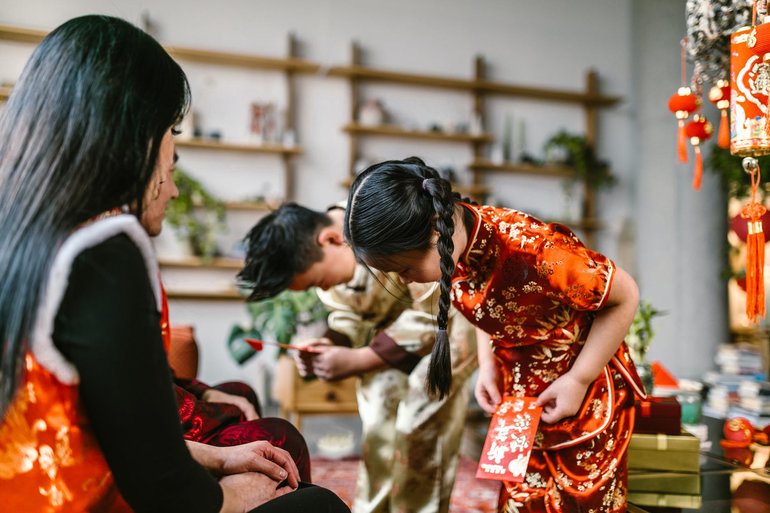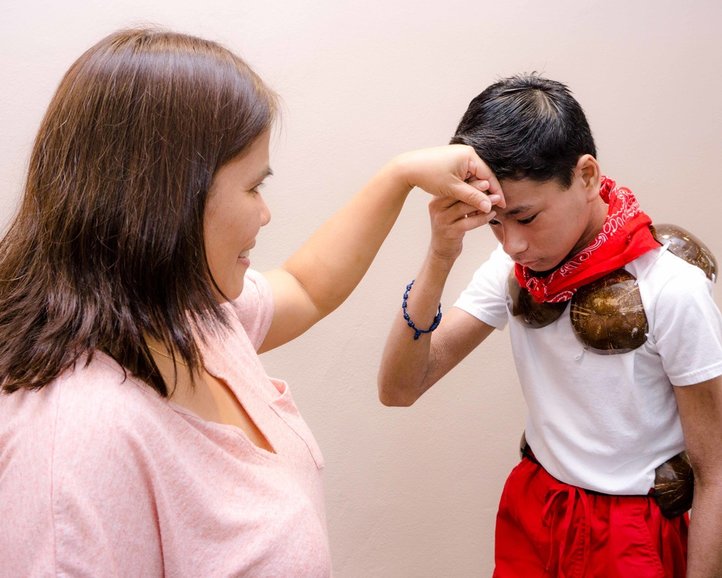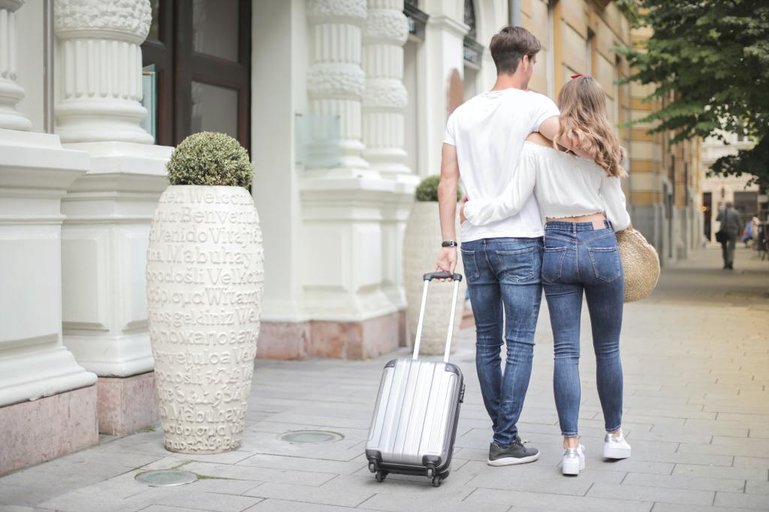Traveling is a fascinating way to discover cultures, traditions, folklore, and customs from around the world.
Lots of incredible things we have learned during our trips and this valuable experience has become even more enriching, inspiring, and delightful.
The best way to prepare for a trip is to learn the local traditions and basic etiquette rules. This will make you feel more confident and will help you avoid embarrassing situations.
In addition, a respectful greeting will not only create a positive atmosphere, but it also encourages you to make new friends.
Contents
- Handshake
- New Zealand
- Tibet
- Zimbabwe and Mozambique
- Malaysia
- Middle East Countries
- Thailand
- Japan
- India and Nepal
- Greenland
- Kisses
- France, Belgium, Italy, Spain, Netherlands, Sweden, Portugal, Greece, Austria, Hungary, Slovenia, Serbia, Macedonia, Montenegro, Russia, the Netherlands, Switzerland, Egypt, Poland, Lebanon and France
- Latin America
- China
- Philippines
- Kenya
Handshake
Eastern and most of Western Europe, United States, Canada, Middle East
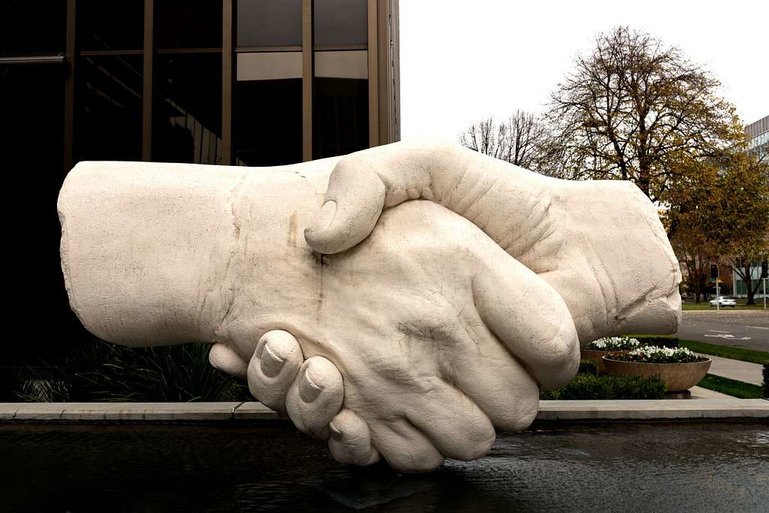
Shaking Hands Sculpture “Peace” on Capitol Mall in Sacramento, California. The artist, Stephen J. Kaltenbach.
Handshakes are one of the most common forms of respectful greetings in the world.
Historically, handshakes represent established peace and demonstrate that no weapon is held in the hand.
During the medieval period, knights would extend their hands to each other as a promising sign of trust.
It is also a symbol of agreement and bonding.
Ancient Greeks used the handshake to express sincere friendship and generous hospitality.
This friendly gesture is still practiced today.
In Europe, a handshake must be firm, short, and energetic, with good posture and eye contact.
However, in the Middle East, firm grips are considered rude.
In Canada and the United States, handshakes are also customary, but young Americans can greet friends by patting them on the back, fist-bumping, hugging, nodding, or simply waving in a friendly manner.
Remember that only the right hand is given for a handshake. The same rules apply to left-handed people.
While handshakes are more common, greetings in other countries may be slightly different.
Let's take a look at how people greet one another around the world:
New Zealand
A handshake is a standard greeting in New Zealand. It has to be firm, simultaneously and accompanied by eye contact to reflect trust and integrity.
Indigenous Polynesian Maori people use the “hongi” as a traditional greeting: they press the tip of the nose and forehead against the tip of the nose and forehead of another person.
The literal meaning of “hongi” is the “sharing of breath.”
Many people of Maori prefer to “hongi “ instead of shaking hands.
Tibet
Greeting in Tibet is a very unusual way of saying “Hello.”
People stick out their tongues in greeting. Why do they do it?
Tibetans believe that demons live among people and can only be identified by the black tongue. As a result, sticking out your tongue when meeting new people will be the most convincing proof that you don't have a demonic spirit.
Most people show their tongues very quickly, but Tibetan monks show tongues slowly. They begin by opening their hands, palms up, and sticking out the tip of their tongue.
Zimbabwe and Mozambique
In Zimbabwe, people clap after the usual handshake. It looks like this: the first person claps his hands once, and the second — twice in response.
Men clap with their fingers and palms aligned, while women clap with their hands at a certain angle.
In northern Mozambique, people applaud three times before saying “Hello.”
Malaysia
Malaysians do their greeting this way: gently take the other person's hands in yours, then release them and bring your hands to your heart and nod slightly.
Such a hearty greeting indicates goodwill and an open heart.
Women first extend their hands in greeting. If she doesn't do that, then a man should put his hand on his chest and nod slightly.
Middle East Countries
In Arab society, a handshake is common when meeting a person of the same gender in a formal environment.
Greeting a guest in Saudi Arabia, Iraq, Morocco, Lebanon, Egypt, Syria, and Turkey includes a handshake, a hug, and a kiss on both cheeks, as well as a smile and words of welcome.
In addition, in Arab countries, after shaking hands, men can place their right hand over their hearts as a sign of respect and friendliness.
The right hand should always be used when shaking hands, even if you are left-handed. The left hand is considered unclean in Arab culture.
Friends in Saudi Arabia, Oman, Qatar, Yemen, and the United Arab Emirates can also touch their noses by placing their right hand on the friend's opposite shoulder.
Traditionally, men and women do not touch each other when greeting unless they are very close relatives.
Thailand
The Thai greeting is called “wai”: people place their palms together at chest level or on the forehead and make a slight bow, expressing a good attitude towards another person. Not responding to such a greeting is considered impolite.
Older people can simply nod in greeting or perform a special gesture at chest level.
Younger Thais accompany the “wai” with a slight tilt of their head forward, showing respect for the elders.
At official ceremonies, the man makes a low bow and the woman curtsies in greeting.
Peers do a slight and symbolic bow when they see each other.
Japan
Bowing is a traditional greeting in Japan.
Slowly bowing at 90 degrees shows great respect and is used for official ceremonies.
Also, the person who gives a gift or wants to apologize bows low.
Bows should be performed with a straight back and lowered eyes. Men bow with their hands at their sides, and women with their hands on their hips.
The younger generation bows 15 degrees or tilts its head, resembling a simple nod.
Japanese treat foreigners with indulgence, so a simple nod of the head is enough to show respect.
Please remember that personal space is a very important thing for the Japanese, and it is not a good idea to violate it.
India and Nepal
In India and Nepal, people press their palms together in a finger-up position. Their fingertips should be at the level of the eyebrows than tilt the head slightly forward to bow.
If close people have not seen each other for a long time, hugs are possible. Men hug each other tightly, patting on the back, and women hold each other by the forearms and touch their cheeks first on the right and then left.
Greenland
The traditional greeting in Greenland is called the “kunik” and is usually used by family members or close people.
The long-established practice is to press the nose and upper lip against another person's cheek or forehead, then breathe on each other's face for a few seconds.
In addition, the Greenlanders say the phrase “Great weather!”, even if it is snowing and very cold outside.
Kisses
France, Belgium, Italy, Spain, Netherlands, Sweden, Portugal, Greece, Austria, Hungary, Slovenia, Serbia, Macedonia, Montenegro, Russia, the Netherlands, Switzerland, Egypt, Poland, Lebanon and France
Besides a handshake, kisses are accepted greetings in many countries, but can be different from one to another.
Italians are temperamental people, so when they meet, they always kiss their acquaintances twice: first on the left cheek, then on the right. Men greet each other by shaking hands or hugging on the first meeting.
Two kisses are also exchanged in Spain, Portugal, Austria, Sweden, Hungary, and most other European countries.
Three times right-left-right is a common social greeting in Slovenia, Serbia, Macedonia, Montenegro, Russia, the Netherlands, Switzerland, Egypt, Poland, and Lebanon.
In most cases, simply touching the cheeks and making a kissing sound is acceptable.
In France, acquaintances exchange two to five air kisses, touching only their cheeks.
In general, in France, the number of kisses varies depending on the region. In Paris, the standard is two, but in Corsica, people make five kisses.
In Greece, handshakes are the most common form of greeting. However, it is also common for close friends to hug each other and then kiss only once on the cheek.
Latin America
In Latin America, a handshake is accepted as a greeting.
However, Hispanics usually express their generous emotions very openly and sincerely.
Affectionate hugs and hearty kisses are appropriate for both sexes.
Friends kiss each other on the cheek once, twice, or even three times, followed by a handshake or a brief hug.
Men can hug and pat a friend on the back three times while keeping their heads over the friend's right shoulder.
As a casual greeting, “Hello” or “Hi” is usually sufficient.
Only those who are seen for the first time will not receive hugs.
China
The culture of bowing is still integral to everyday life in China, although people do not bow to everyone.
The proper way to bow depends on who you're bowing to: a light nod of the head is standard for greetings; women or men can greet each other by holding hands together and pointing fingertips just below the chin, followed by a light bow; children greet elders by touching their noses or foreheads with clenched fingers and bowing.
As a sign of deep respect, the head bows to the hands.
In recent years, modern Chinese have adopted Western manners and extended their hands for handshakes.
Philippines
Filipinos are known for their warmth and hospitality, but kissing as a greeting, as well as a pat on the back or a touch on the shoulder, is inappropriate.
Handshakes are common, but they are soft.
Children, on the other hand, are taught from childhood to respect elders and greet them with a bow. To accomplish this, the younger must bend over slightly, grab the elder's right hand, and place it on his brow.
Kenya
In Kenya, the most common form of greeting is a handshake. A firm handshake is more polite and shows respect.
No matter how many people you greet, handshakes are essential. Always greet the oldest person first, then move on to the rest of the group, finishing with the youngest. Skipping or rushing through the process is the height of bad manners.
Each country has its own traditions, but the greeting always shows respect for the guest. Hand gestures, bows, and facial expressions are complemented by pleasant words and wishes.
Hopefully, this post will inspire you to learn the proper way of greeting and will assist you to get ready for the trip.
Note: please correct me or add greeting etiquette from your culture and I will gladly update the post.
Thank you very much!
